
Shamanism is one of the most ancient spiritual practices known to humanity. Found in diverse cultures around the world, it has influenced countless religious systems and continues to inspire modern spiritual seekers. But is shamanism itself a religion? The answer is complex and depends on how we define “religion.” While shamanism contains spiritual elements such as rituals, belief in spirits, and healing practices, many scholars and indigenous peoples argue that shamanism is not a religion in the traditional sense. Instead, it is a method, a worldview, or a set of practices embedded within various religious systems.
This article explores the nature of shamanism, how it compares to organized religion, and whether it can or should be classified as a religion.
Panaprium is independent and reader supported. If you buy something through our link, we may earn a commission. If you can, please support us on a monthly basis. It takes less than a minute to set up, and you will be making a big impact every single month. Thank you!
What Is Shamanism?
Shamanism refers to a range of traditional beliefs and practices involving communication with the spiritual world through a specialized figure known as the shaman. The term “shaman” originates from the Tungusic Evenki language of Siberia, where it refers to a person who mediates between the human and spirit worlds.
Core Aspects of Shamanism:
-
Altered States of Consciousness: Shamans enter trance states through drumming, dancing, fasting, or using psychoactive plants to access spiritual realms.
-
Healing and Divination: Shamans serve as healers, diagnosing spiritual causes of illness and restoring balance.
-
Spirit World Navigation: Shamans communicate with spirits—such as ancestors, animal guides, or elemental forces—to seek wisdom or guidance.
-
Initiation and Training: Becoming a shaman often involves a life crisis or spiritual calling, followed by years of training under a mentor or through visionary experiences.
-
Nature Connection: Shamanism often views all elements of nature—rocks, rivers, trees, animals—as living and spiritually significant.
Importantly, shamanism is not limited to a single culture or religious framework. It appears in numerous indigenous societies—from Siberia and Mongolia to the Amazon, North America, Southeast Asia, and Africa.
Defining Religion
To assess whether shamanism is a religion, we need to define what “religion” means. Scholars typically describe religion as a system that includes:
-
A set of organized beliefs or doctrines
-
Sacred texts or teachings
-
A structured clergy or leadership
-
Places of worship
-
Rituals and practices
-
A shared moral or ethical code
-
Belief in one or more deities or supernatural powers
Most major world religions—such as Christianity, Islam, Hinduism, and Buddhism—fit this mold. However, this definition often reflects a Western-centric view of religion and may not apply well to indigenous or oral traditions like shamanism.
Shamanism as a Practice Within Religion
Rather than being a standalone religion, shamanism is more accurately described as a spiritual practice or methodology that can exist within various religious systems. For example:
-
In Siberia, shamanism is deeply connected to animistic worldviews and ancestor worship.
-
Among Amazonian tribes, shamanic rituals often coexist with tribal myths and cosmologies.
-
In Tibetan Bon and Vajrayana Buddhism, certain elements of shamanic practice (such as spirit invocation and healing) are integrated.
-
In Korean shamanism (Muism), shamans conduct rituals called gut to communicate with gods and spirits, but these practices are often syncretized with Buddhism or Confucianism.
Thus, shamanism functions more like a technique—a way to access spiritual knowledge and healing—rather than a religion with fixed dogma or institutions.
Why Shamanism Is Often Misclassified
Historically, Western explorers, missionaries, and colonial administrators misunderstood shamanic traditions. They often labeled them as “primitive religions” or lumped them together under the broad term “paganism.” This was largely due to a lack of cultural understanding and the assumption that all spiritual systems must mirror Western religious structures.
The term “religion” itself comes from Latin roots related to “binding together” or connecting humans to the divine. But indigenous shamanic traditions often have no word for “religion.” Instead, spirituality is woven into daily life—there is no distinction between the sacred and the secular. Healing, hunting, agriculture, birth, death, and community life are all infused with spiritual meaning.
This worldview makes shamanism more of a cosmology or lifeway than a religion in the organized, doctrinal sense.
Modern Interpretations and Neo-Shamanism
In recent decades, shamanism has gained popularity in the West through books, workshops, and spiritual retreats. This revival, often called neo-shamanism, is inspired by traditional shamanic techniques but adapted for modern seekers.
Pioneers like Michael Harner (author of The Way of the Shaman) promoted “core shamanism,” which extracts common elements of shamanic practice across cultures—such as journeying and power animal retrieval—without specific cultural contexts.
Key Features of Neo-Shamanism:
-
Focus on personal growth and healing
-
Emphasis on experience over belief
-
Use of drumming, meditation, and visualization
-
Often practiced outside of formal religious institutions
Neo-shamanism is sometimes adopted as a spiritual path by individuals who do not identify with organized religion. In this sense, it can function like a religion for its practitioners, offering meaning, guidance, and community.
However, this modern version differs significantly from traditional shamanism, which is often inherited, culturally specific, and deeply tied to a community’s survival and identity.
Arguments for Shamanism as a Religion
Despite its differences from mainstream religions, some argue that shamanism can be considered a religion based on certain criteria:
-
Belief in Spirits: Shamanic traditions are rooted in a belief system involving unseen beings or forces.
-
Ritual and Ceremony: Shamans perform complex rituals, often with sacred objects and specific chants or songs.
-
Sacred Knowledge: Shamans are bearers of spiritual wisdom and often serve as intermediaries between humans and the divine.
-
Moral Role: Many shamans uphold cultural norms and ethical teachings, guiding communities in times of crisis.
From this perspective, shamanism shares enough features with religion to be seen as a form of “indigenous religion” or “spiritual tradition,” especially when practiced within a cultural or tribal framework.
Arguments Against Classifying Shamanism as a Religion
Others caution against calling shamanism a religion for the following reasons:
-
Lack of Central Doctrine: Shamanism has no standardized beliefs or texts.
-
No Institutional Structure: There is no church, priesthood, or central authority.
-
Cultural Diversity: Shamanic practices vary widely between tribes and regions.
-
Spiritual Method, Not Faith: Shamanism is often described as a technique for accessing altered states rather than a belief system in itself.
-
Risk of Mislabeling: Using the term “religion” may distort indigenous worldviews and impose Western categories.
For these reasons, many anthropologists prefer terms like “spiritual practice,” “lifeway,” or “cosmology” rather than “religion” when referring to shamanism.
Cultural Sensitivity and Misuse of the Term
Today, some indigenous leaders and scholars criticize the popularization of shamanism in the West, especially when it’s divorced from cultural context. Appropriating sacred rituals without permission or understanding can be harmful.
Calling shamanism a “religion” may also erase the diversity and depth of indigenous spiritualities, which are often complex systems that do not fit neatly into Western religious categories.
Respecting the term "shamanism" means acknowledging its roots in specific cultural traditions and refraining from using it generically for all spiritual practices involving trance or healing.
Conclusion: Shamanism—Religion or Spiritual Method?
So, is shamanism a religion? Not exactly. While it shares features with religion—such as ritual, belief in spirits, and a moral framework—it is better understood as a spiritual methodology or cosmic worldview found within many religions and cultures.
Shamanism is not unified, organized, or dogmatic. It is fluid, experiential, and deeply embedded in the everyday lives of indigenous peoples. For some, it functions as a religion; for others, it’s a technique or tool within a broader spiritual tradition.
Rather than forcing shamanism into a rigid category, it’s more accurate and respectful to recognize its uniqueness. Whether practiced in tribal rituals or modern workshops, shamanism continues to offer a profound path for connecting with nature, spirit, and the inner self—one that transcends labels and bridges the ancient and the modern.
Was this article helpful to you? Please tell us what you liked or didn't like in the comments below.
About the Author: Alex Assoune
What We're Up Against
Multinational corporations overproducing cheap products in the poorest countries.
Huge factories with sweatshop-like conditions underpaying workers.
Media conglomerates promoting unethical, unsustainable products.
Bad actors encouraging overconsumption through oblivious behavior.
- - - -
Thankfully, we've got our supporters, including you.
Panaprium is funded by readers like you who want to join us in our mission to make the world entirely sustainable.
If you can, please support us on a monthly basis. It takes less than a minute to set up, and you will be making a big impact every single month. Thank you.






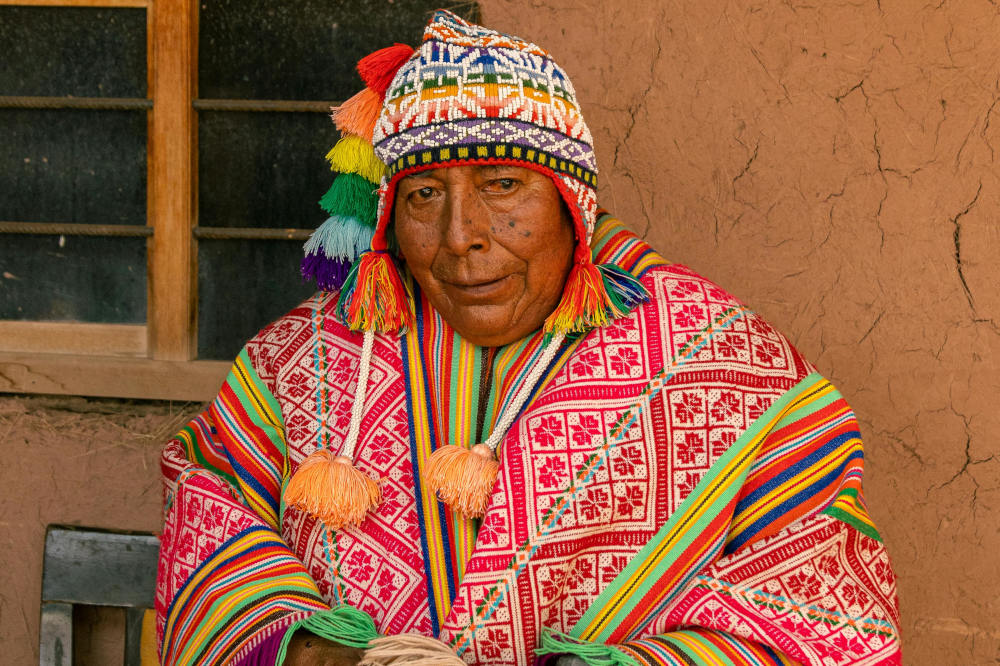

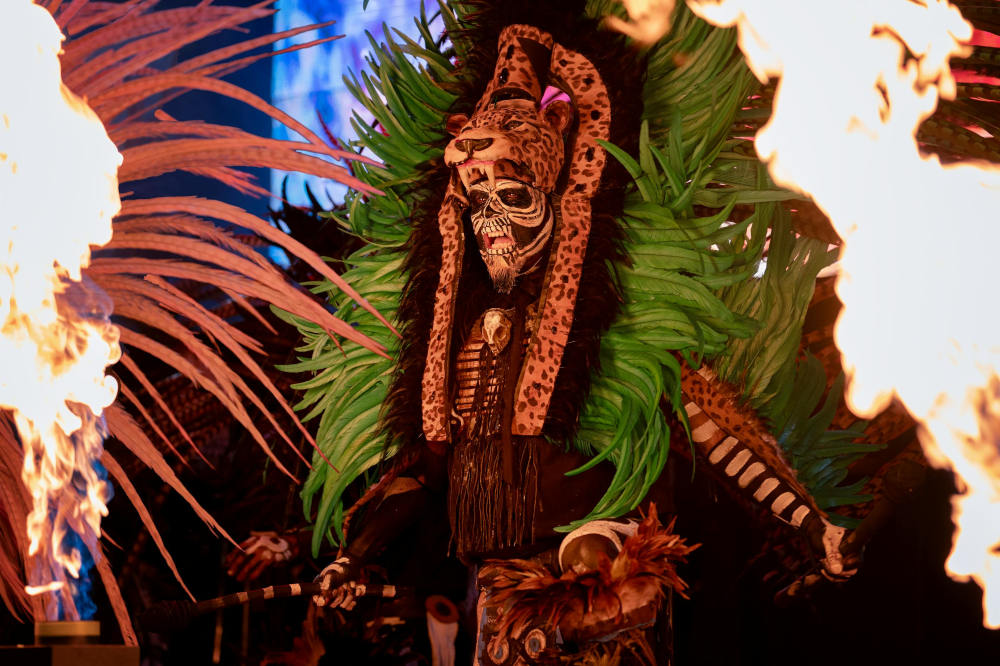










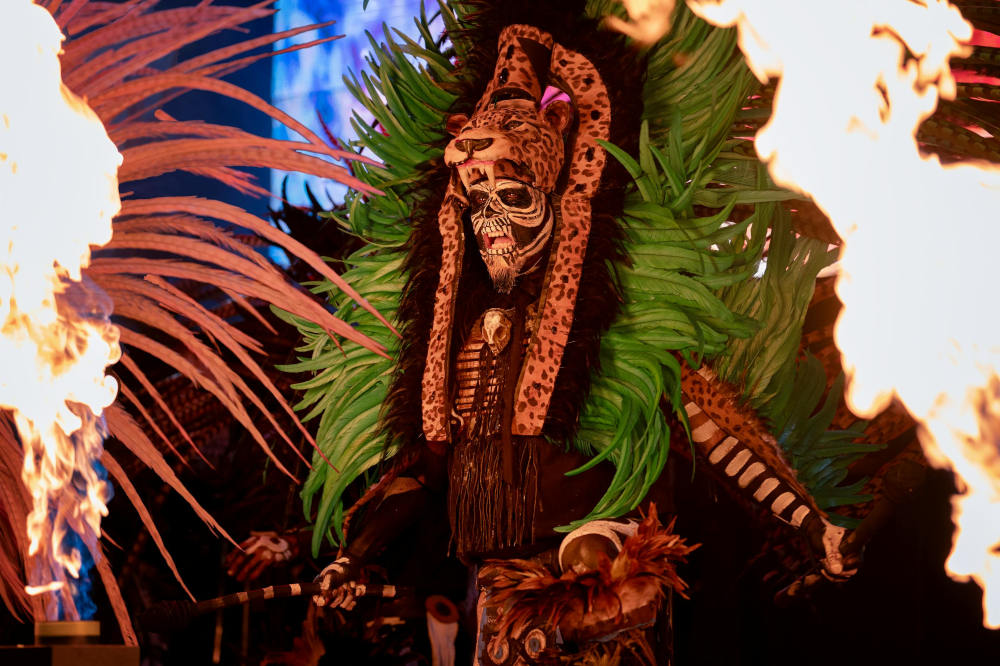
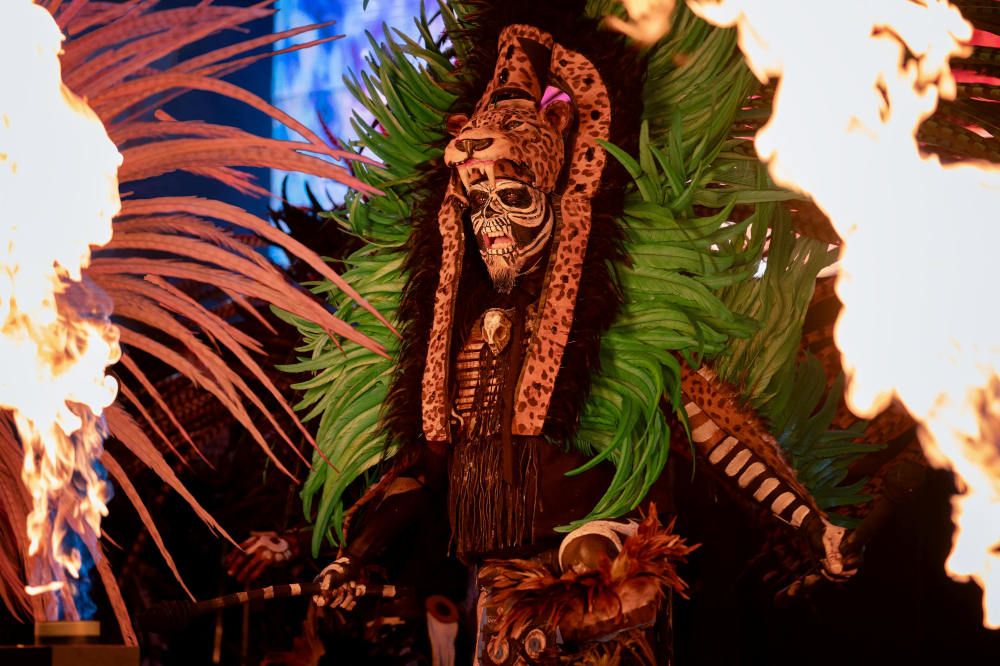
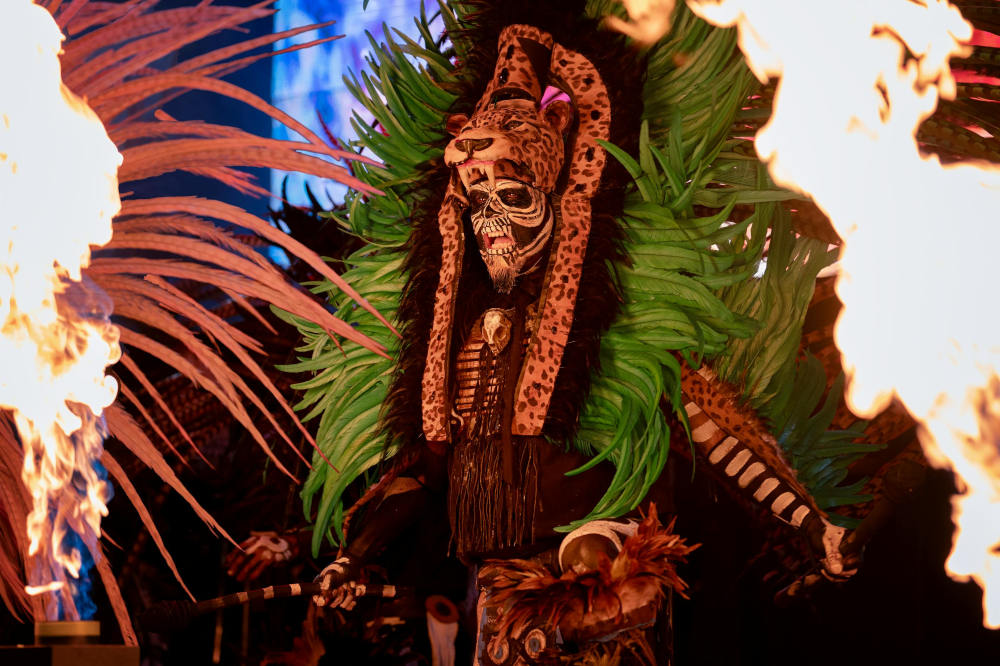
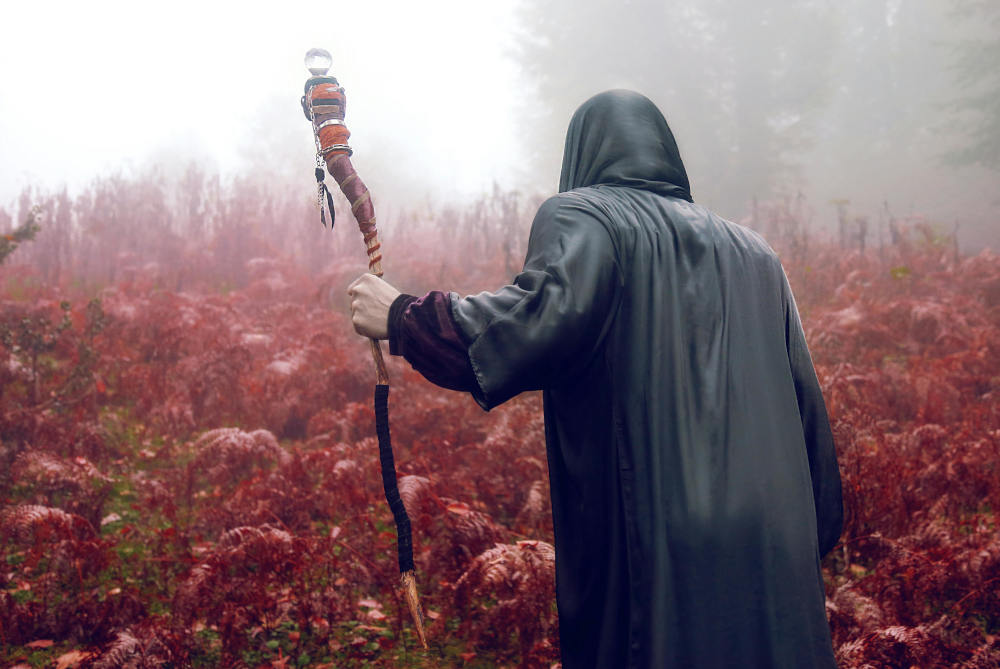
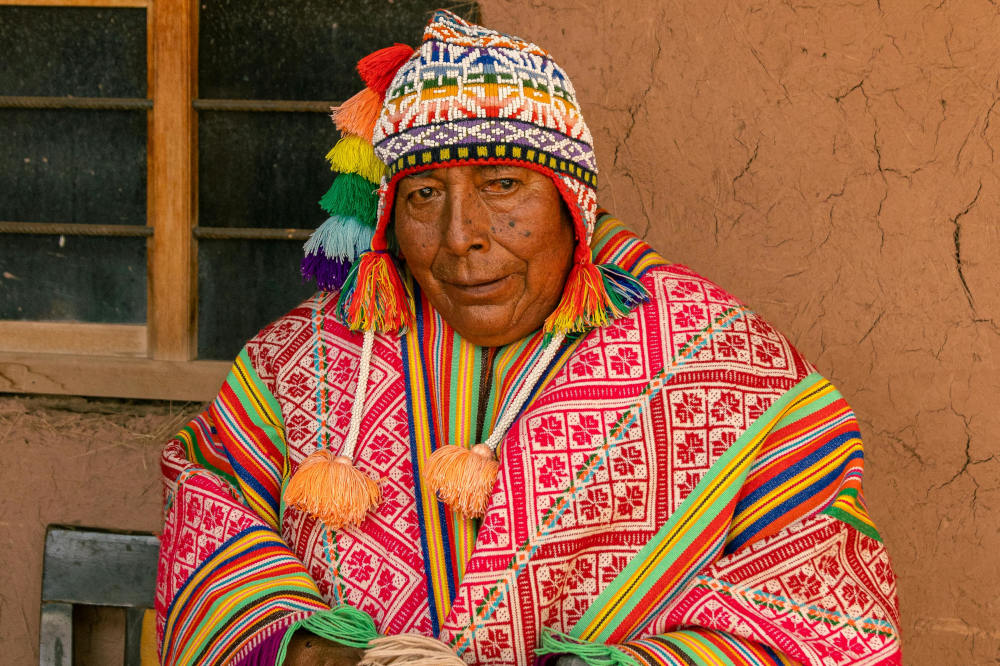
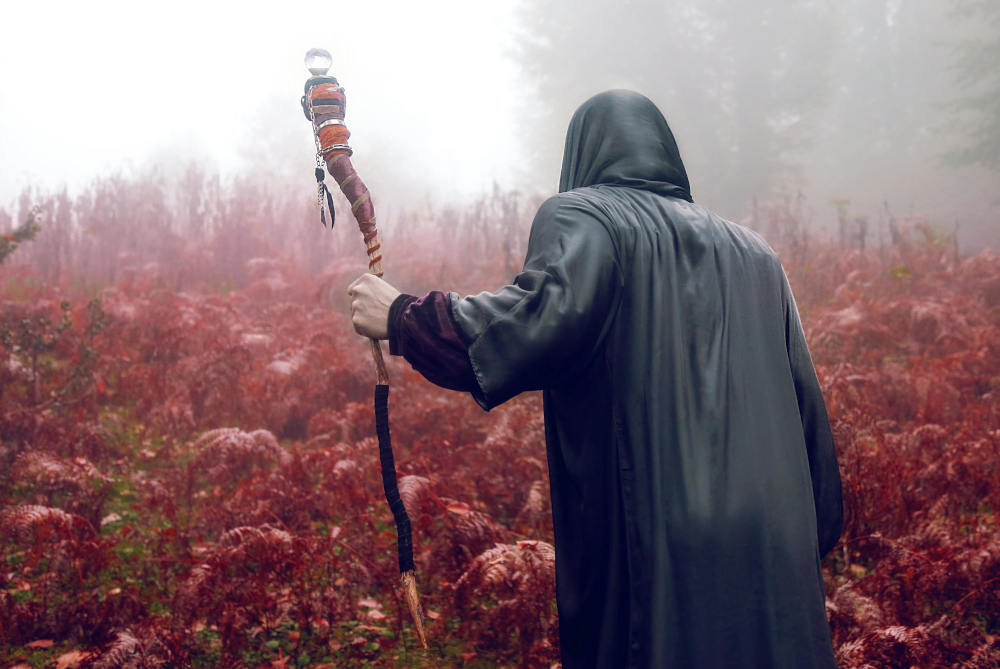
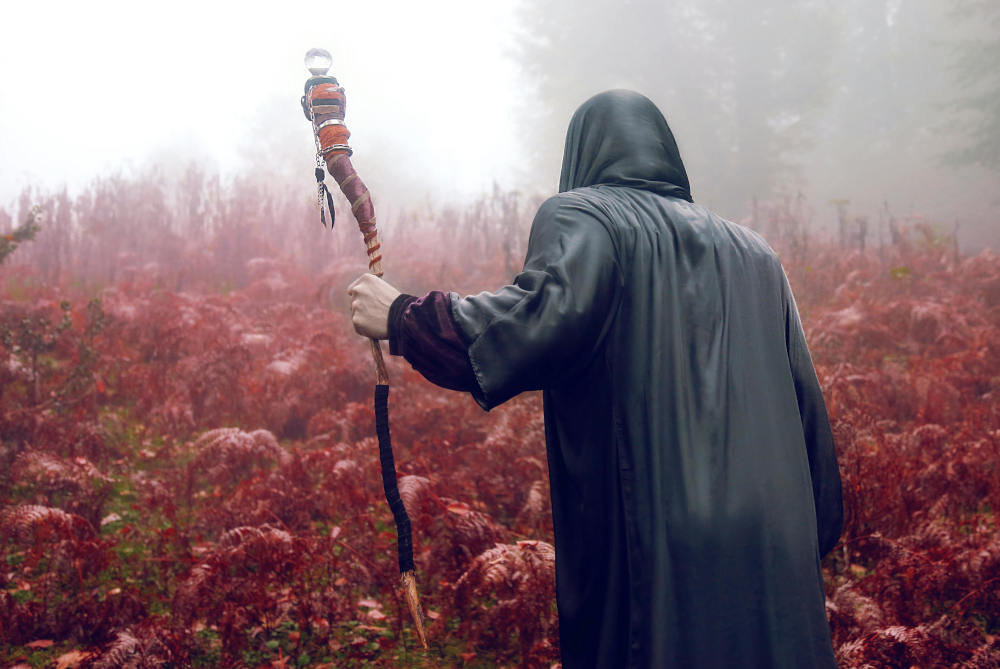
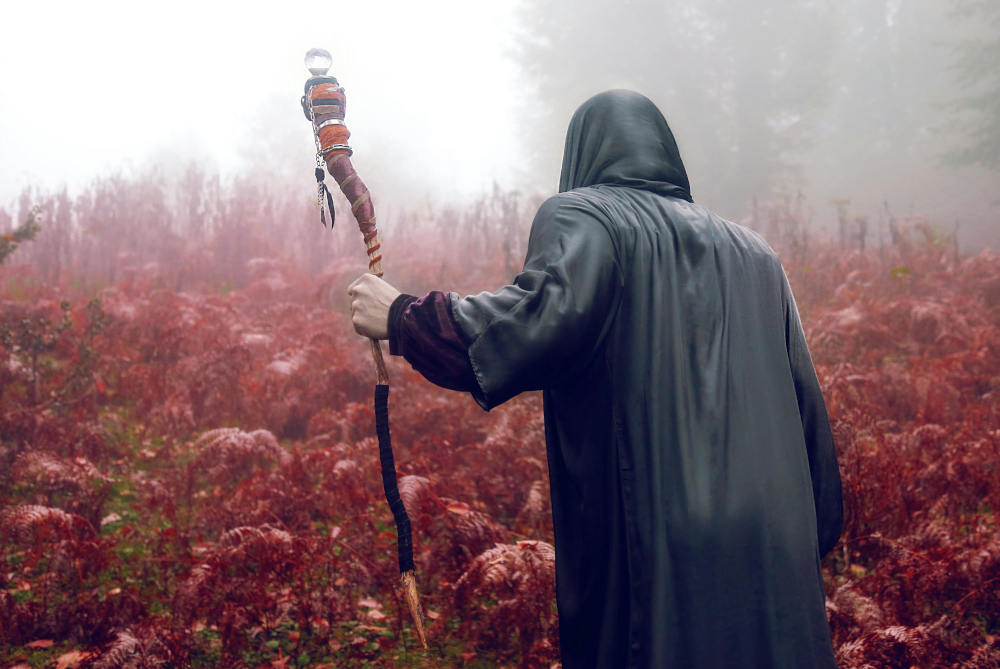



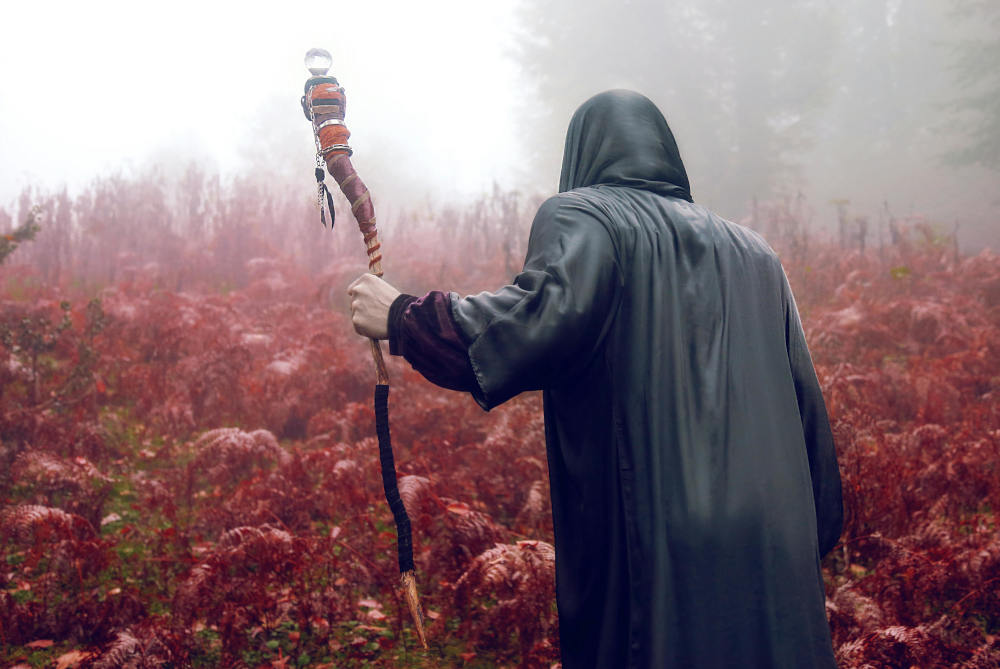
0 comments